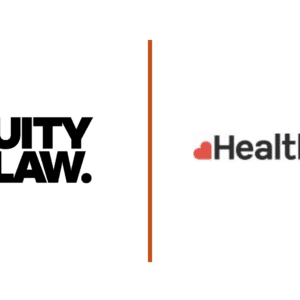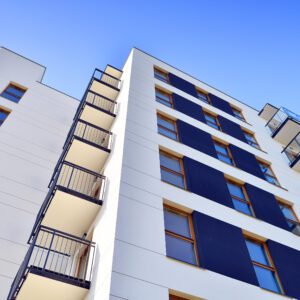The Building Safety Act 2022
Author: Joshua Prior
Key Contact: Steve Morris & Gareth Baker
The Building Safety Act 2022 (BSA) is an ambitious attempt to improve the UK’s building standards, following the tragedy at Grenfell and the report into building safety by Dame Judith Hackitt. The Act received Royal Assent late in April and has ended almost a year of debate by both Houses of Parliament. Whilst not all the Act’s provisions will come into force straight away, there are some key areas that we have identified that developers and tenants alike should be aware of.
The Act will apply to England and Wales alike, however Scots law slightly differs and so the below should only be read with reference to England and Wales.
Accountable Person / Duty Holders
“Higher-risk building” – those residential buildings which are over 18 metres tall, or more than seven storeys – will now be required to have an “Accountable Person” who, as the name suggests, will be responsible for the overall building safety. The Accountable Person will likely be the owner of, or the person with an obligation for repairing the common parts of, the building and will be responsible for taking all reasonable steps to prevent a major incident occurring due to a building safety risk, reporting to residents the relevant safety information of the building, and carrying out fire and structural safety risk assessments. The Act seems not to impose any liability upon the individual, however there are other updates on liability as mentioned below.
Additional Liability
The BSA has been reported to rip up the long-standing legal principles of privity of contract and duty of care, and instead creates a new cause of action for anyone with a right or interest in the property (for example the tenant or current owner) to bring a claim against a party in breach. The party could be anyone who creates construction products which are installed in residential buildings and result in the property being unfit for living. Traditionally there would be no relationship between the current owner of the dwelling and the manufacturers of construction materials, however the BSA overhauls the old rules bringing more accountability to building safety standards. Moreover, liability is also now imposed on “any person who markets or supplies a construction product [and] makes a misleading statement in relation to it” marking a clear reflection on the tragedy seen at Grenfell in 2017.
Removal of “capped” leaseholder contributions.
The last implication to note from the BSA is that leaseholder contributions have been limited to Higher-risk buildings (residential buildings over 18 feet or seven storeys), and capped to £10,000, or £15,000 in Greater London. The Government rejected amendments to cap the amount to zero.
If you wish to speak to our Real Estate or Construction teams, please contact Steve Morris and Gareth Baker (Real Estate) or James Williams (Construction).






